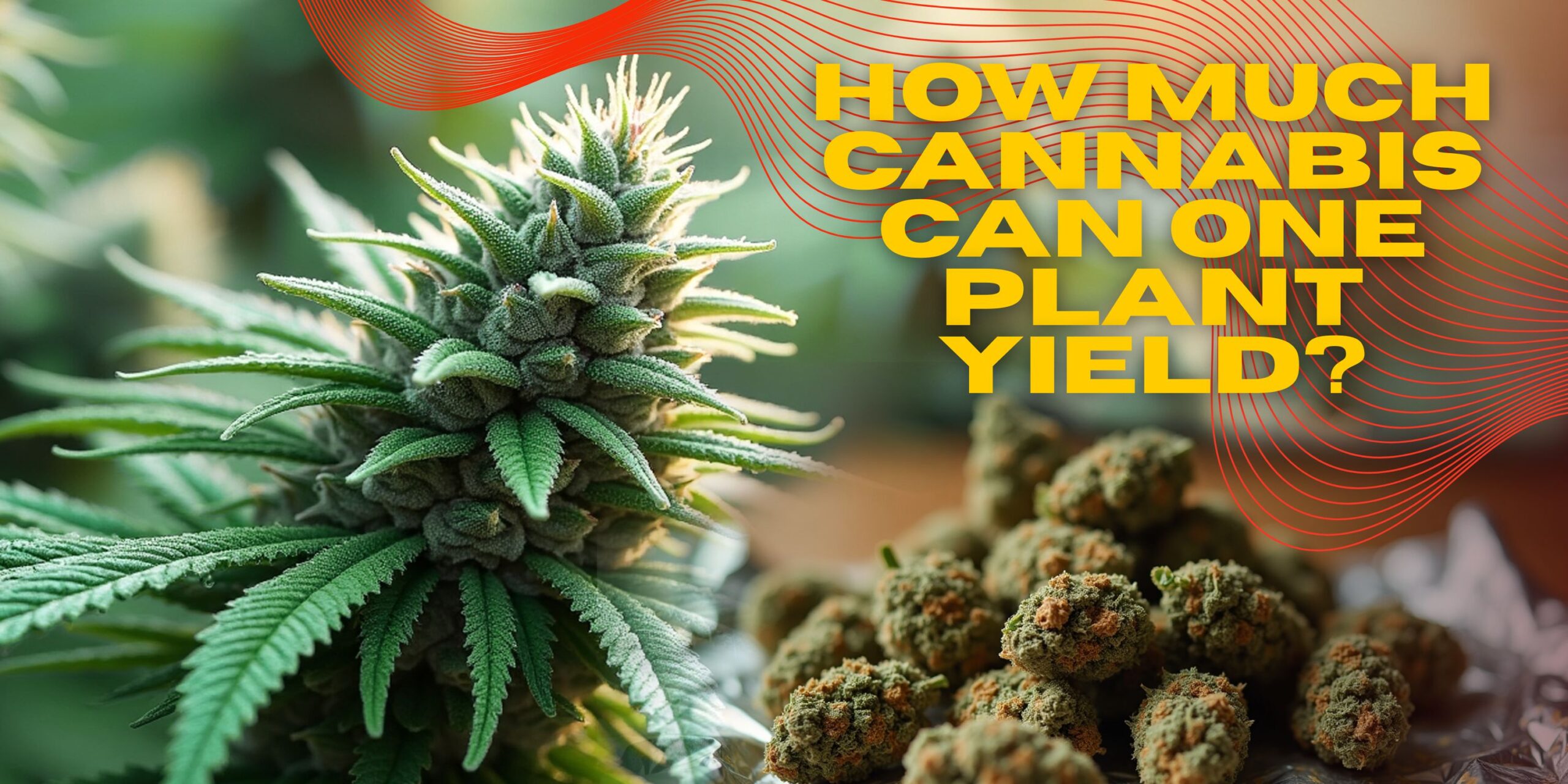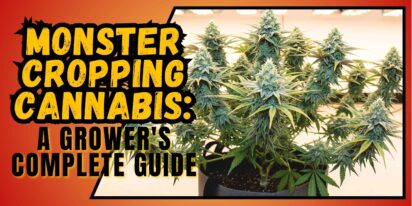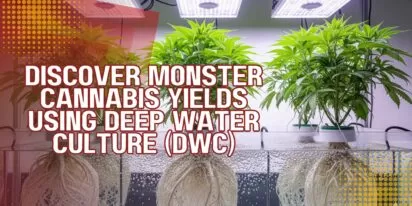Planning any successful grow depends on your knowledge of how much weed does a weed plant produces. Whether grown indoors or outside, ultimate harvests require many factors, including environment and genetics, all the way down to training practices and growing procedures. This comprehensive book addresses all the elements, provides yield projections by grow type, and provides practical recommendations to maximize harvests per plant.
Averages of Cannabis Yield per Plant by Grow Method
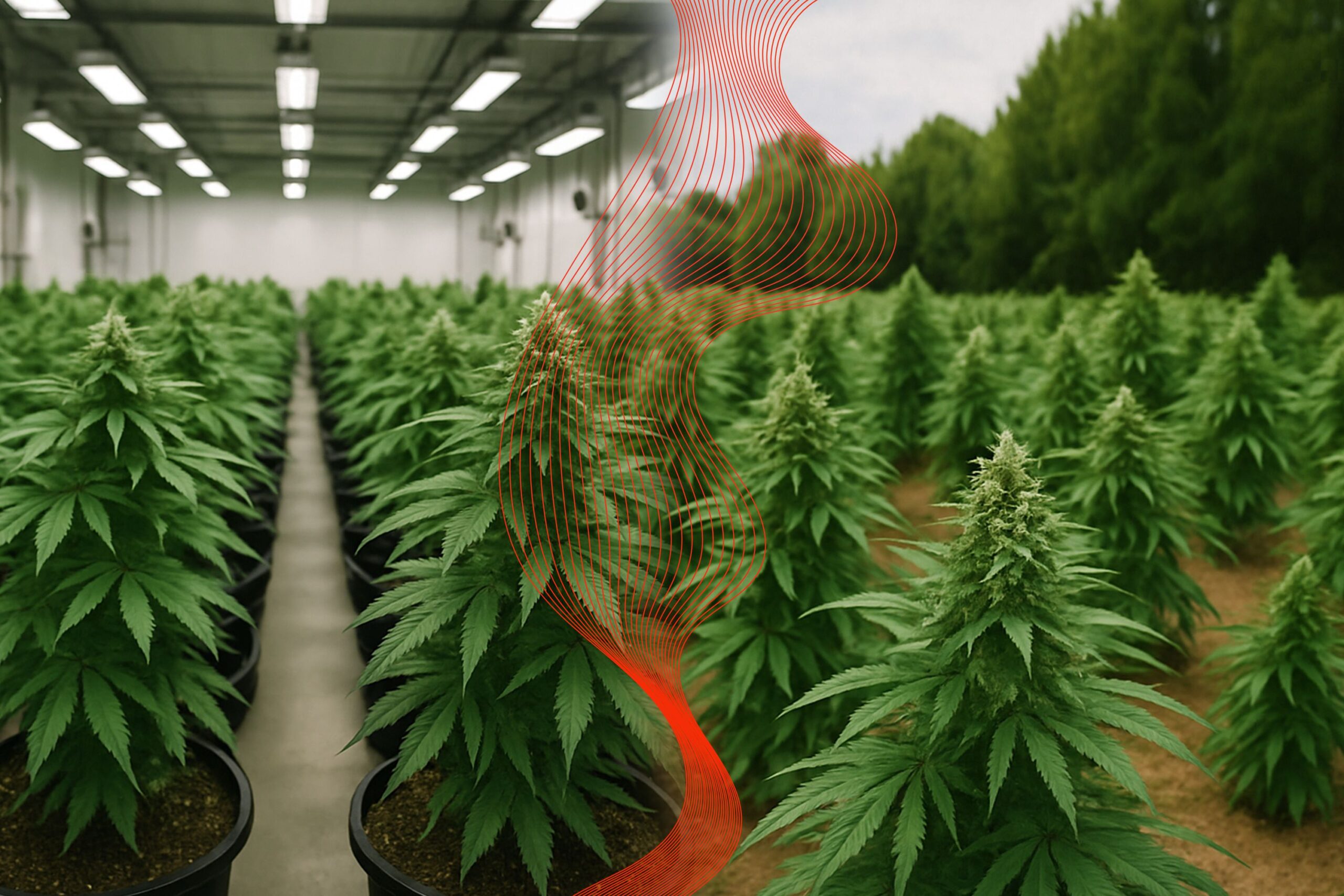
Whether you cultivate inside or outdoors, the size of the plant, vegetative stage duration, and methods used will all have a major impact on the production per cannabis plant.
Indoor Cannabis Yield per Plant
One cannabis plant cultivated indoors in a controlled setting with sufficient lighting and nutrients can produce:
- Small grow (under 100W light): 28–56 grams (1–2 ounces)
- Medium grow (250–400W): 85–225 grams (3–8 oz)
- Large grow (600W+ with extended veg): 225–600 grams (8 oz to 1.3 lbs)
These are projections assuming the grower is in optimal light intensity mode (600–1000 µmol/m²/s PPFD), has the ideal VPD range, and employs high-capacity grow media like coco or living soil.
Yield of Outdoor Cannabis per Plant
Outside, where plants can freely stretch themselves in full sun and root growth, harvests can be astronomical:
- 250–500 grams (9–17 ounces) of least intervention
- Healthy outdoor grow: 500–1000 grams (17 ounces to 2.2 pounds)
- 1–2.5 kg (2.2–5.5 pounds) colossal photoperiod plants—long veg, large pots, or in-ground.
Outdoor harvests are very dependent on temperature, sunlight exposure, pest control, and whether gardeners top or train the plants for optimal canopy expansion.
Key Factors That Influence Cannabis Yields
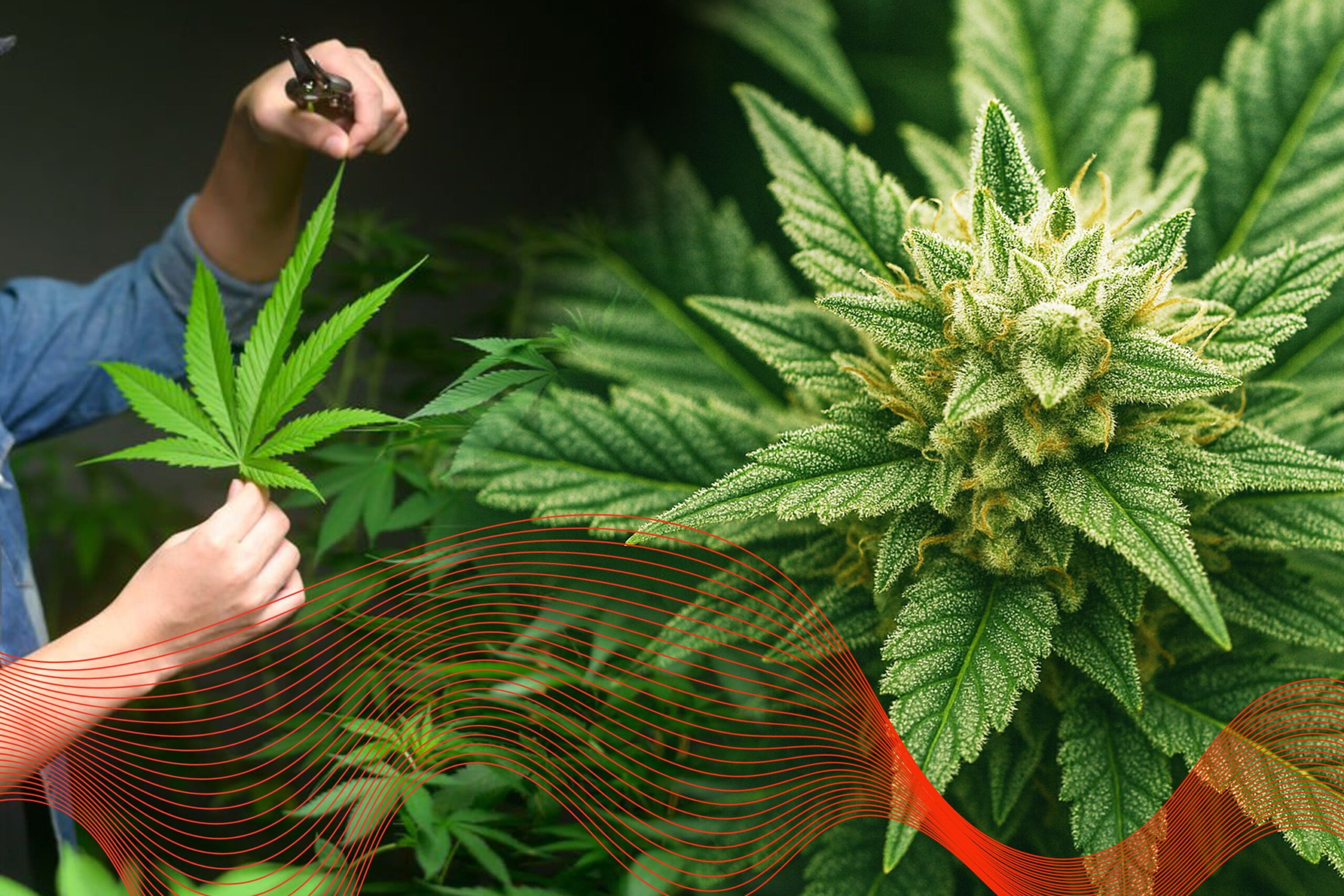
Among the genetics of the strain, environmental management, and the use of particular growing practices, some factors affect the quantity of cannabis you may produce per plant. Knowing these important factors will enable you to make better decisions and guarantee that you can optimize your possible output.
1. Genetics and Strain Type
The most important factor influencing a cannabis plant’s output potential is its genetic composition. Some types are naturally high-yielding; others are meant for small harvests. Good examples of high-yielding cultivars specifically cultivated for high harvests and heavy blooms are Big Bud and Critical Mass. Ultimately, whether you grow photoperiod or autoflowering strains may greatly affect your anticipated yield.
- Autoflowers: While autoflowering strains will produce fewer buds per plant, they will benefit from a shorter lifetime. They are perfect for farmers with small areas or a need for quicker turnaround.
- Photoperiod strains, on the other hand, produce larger harvests, especially if cultivated outdoors or in massive indoor systems with extended vegetative cycles.
Farmers wishing to get optimal yield should choose photoperiod strains that are big yielders. Autoflowering cultivars remain popular among farmers, especially those with tiny farms or those seeking a simpler growing process.
2. Light Intensity and Coverage
Especially inside, light is one of the key yield drivers. Quality lights of the right intensity help the plants photosynthesize effectively, promoting stronger buds and better growth. To get the best indoor yields, use the following:
- LED lights or HPS lamps at a PPFD (photosynthetic photon flux density) of 600–1000 µmol/m²/s.
- While the plant is in its vegetative cycle, keep 18–24 hours of light—12 hours during flowering. Keep the plant in its vegetative cycle for 18 to 24 hours of light and 12 hours of flowering.
- Position the lamp 18 to 24 inches from the leaf canopy to avoid light burn, but increase intensity.
Apart from appropriate illumination, make sure your plants are totally covered. Using several smaller lights or light movers to provide uniform light distribution across the entire canopy can help you create such an appearance. A regular light schedule guarantees consistent flowering and helps avoid stress.
3. Maximizing Yield with Training Techniques
By making more light penetration accessible to more bud sites and facilitating even growth, effective training methods can significantly raise the production per plant of cannabis. Some of the most common training methods are
- Topping and FIMing: Removing the top of the plant causes two new dominant stems to grow, hence producing a bushier plant with additional cola sites.
- Slightly bent branches taped to the side let an even canopy, with optimum light penetration to all areas of the plant.
- Using a screen to equally space out branches across a plane of horizontal space, Screen of Green (ScrOG) offers maximum light exposure to every bud site.
Training helps to improve canopy control, which leads to more consistent resource allocation and, finally, improved yields. Techniques like defoliation—removal of extra leaves—during the flowering period also help to minimize shadowing and enhance airflow, hence promoting stronger, denser buds.
How Yield Is Affected by Pot Size and Root Space
The root system of a cannabis plant directly relates to its capacity to absorb the required nutrients and water for development and growth. Larger pots or growing in the soil let the roots grow more freely, hence producing larger and higher-yield plants.
- Usually, depending on the strain and training, indoor 5-gallon pots produce 300–500 grams per plant.
- Outdoor crops can produce 500 grams to over 2 kg per plant if given enough root area in 10–30 gallon containers or in-ground.
Indoor plant gardeners must choose the appropriate container size. Although small containers restrict root growth, larger ones promote healthier and larger plants. Planting in the ground often yields the ideal outcomes in outdoor operations since there is an infinite area for the roots to spread, allowing for larger plant growth and increased yield.
Vegetative Stage’s Impact on Harvest Weight
Plant size and possible harvest directly correlate with the duration of the vegetative stage:
- Short veg (2–3 weeks): Mini plants, quick turnaround, yield 30–150g
- Medium veg (4–6 weeks): Good compromise between size and speed, yield 150–400g
- Big, bushy plants, 500g+ yield, are from extended veg (8–12 weeks).
To avoid crowding and disease, growers have to strike a balance between longer veg periods and appropriate root space, airflow, and canopy control.
Photoperiod plants in vegetative growth can also top and train several times to get broad, even coverage with plenty of sites for flower development. Horticulturists often use stacking as a common technique to boost production when they have strong lighting and nutrient-rich soils that can maintain healthy plants long-term without difficulty.
Environmental Control: The X-Factor in Yield Maximization
Environmental elements like temperature, humidity, and CO₂ levels are vital to achieving the best plant health and crop production. Understanding how to manage them could make the difference between a mediocre harvest and an exceptional yield.
- Maintaining day temperatures at 22–28°C and night temperatures at 18–22°C maximizes plant metabolism and growth.
- Maintaining humidity at 60–70% during the vegetative stage and lowering it to 45–55% during flowering helps to prevent mold growth and promotes robust bud development.
- Increasing photosynthetic rates and overall yield by as much as 30% could be possible by raising CO₂ to about 1200–1500 ppm during blooming.
Maintaining healthy plants and encouraging rich harvests also depend on efficient air circulation, sufficient ventilation, and a stable climate.
Feeding Plans and Nutrient Program
The health and yield of the cannabis plants are largely influenced by their nutrient regimen. Give each developing stage the appropriate amount of nutrients to drive it.
- Vegetative Stage: Plants in the vegetative stage require a fertilizer mix rich in nitrogen to encourage stem and leaf growth.
- Flowering Stage: Plants in the flowering stage require more potassium and phosphorus to foster bud formation and growth.
- Plant growth and flower development depend on calcium, magnesium, sulfur, and iron, all of which are among the micronutrients.
Organic inputs like compost teas or molasses can improve soil health and nutrient availability, resulting in better plants and increased production.
Estimating Yield Before Harvest
Making exact yield forecasts is difficult, but expert farmers have several methods for estimating their harvests based on growing environment, illumination, and plant count. Using the wattage of your grow light and the number of plants, one may get a reasonable approximation. Still, the estimate should take into account other elements, such as environmental management, strain, and training techniques.
Yield (g) \u2248 [(Wattage of Light) \u00d7 (0.5\u20131.0g/watt)] divided by number of plants
Personal experience, climate, and plant health will refine the above rough estimate.
Advice on Increasing Cannabis Yield per Plant
Growers must remember the following ideal sites if they wish to obtain the best yields:
- Choosing genotypes with a demonstrated high yield.
- Training and periodic pruning to produce a well-balanced, light-receiving canopy.
- Regular environmental manipulation to offer ideal growing conditions, including temperature, humidity, and light intensity.
- Nutrient monitoring helps prevent stunting and yield loss caused by deficiencies or toxicities.





